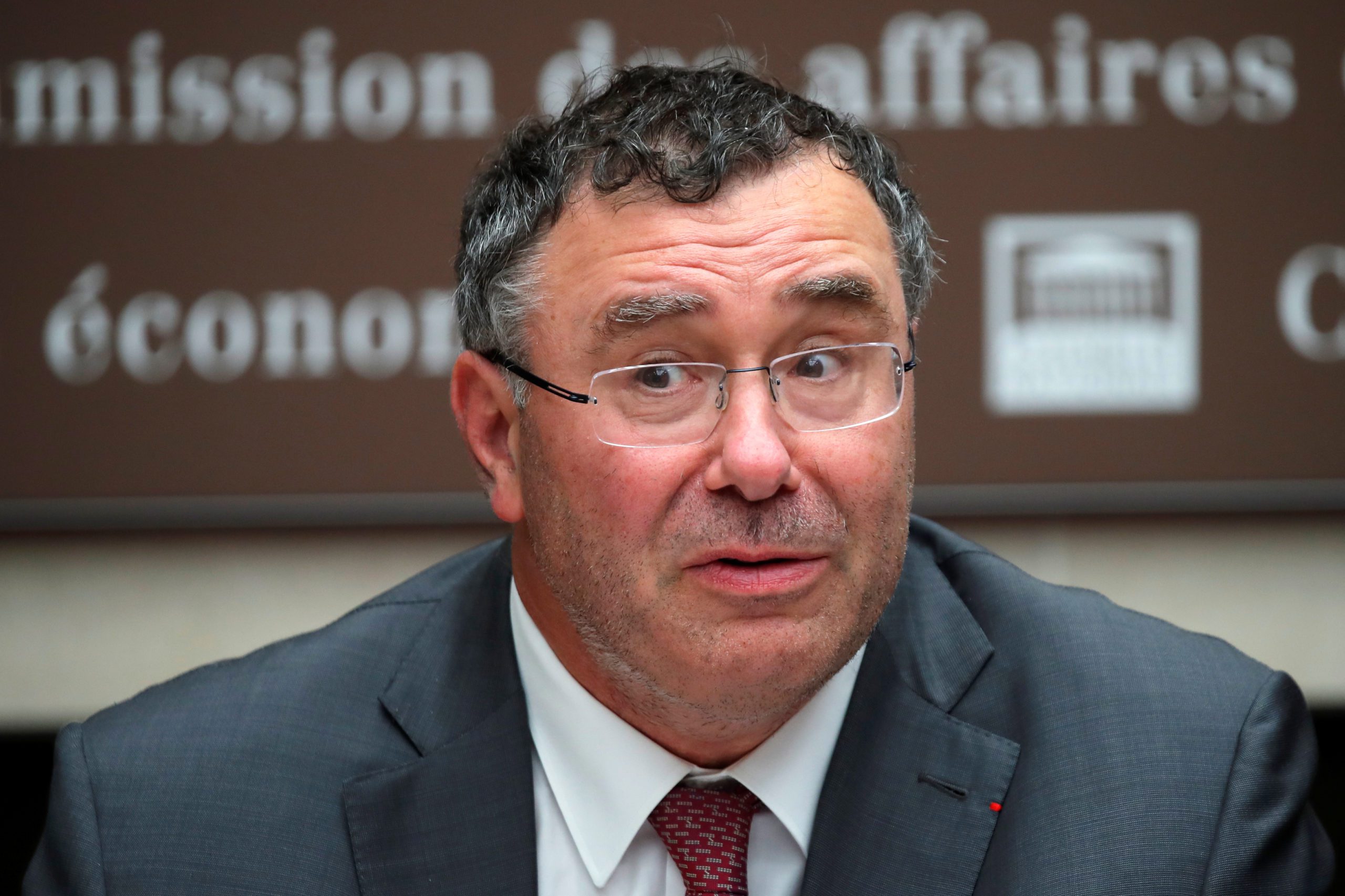Delaying Suriname’s first oil development is an option for Block 58 operator TotalEnergies. Costs are seen as fundamental in this decision, its Chief Executive Officer, Patrick Pouyanne told investors on Feb. 7 during a Q4 2023 earnings conference.
He said that TotalEnergies is not looking to replicate mistakes it made back in 2010, “by being driven more by volume than value, so managing the costs…you have to look to different options.”
According to Pouyanne, TotalEnergies wants to sanction four projects: “Sépia 2, Atapu 2, Suriname and Kaminho.”
“…we are working on it very clearly. If I have to choose, sometimes, I will prefer to delay. The oil will not disappear. So, if I need to delay a project, we can wait a little,” he added.
TotalEnergies looking to Exxon’s Guyana model for cost-saving measures
TotalEnergies Suriname development has been creating a lot of buzz. The company is likely to submit a plan of development to the Suriname government by year-end. Development studies have been launched. The company expects to achieve first oil by 2028.
On Sept. 13, Total had announced plans to plug US$9 billion in the Block 58 development to extract the massive oil finds hidden in the Sapakara South and Krabdagu fields – close to some 700 million barrels in total. The appraisals were completed in August. That figure is significant for a first development. Oil investments in Guyana reached that level only until ExxonMobil’s third development – Payara. Its first project cost only US$3.6 billion.
TotalEnergies eyes additional Block 58 targets as tiebacks for Suriname project | OilNOW
The Sapakara South and Krabdagu reservoirs lie between 100 and 1,000 meters of water depths. A floating production, storage and offloading (FPSO) vessel with the capacity to produce 200,000 barrels per day (b/d) will be utilized, connected to subsea wells.



